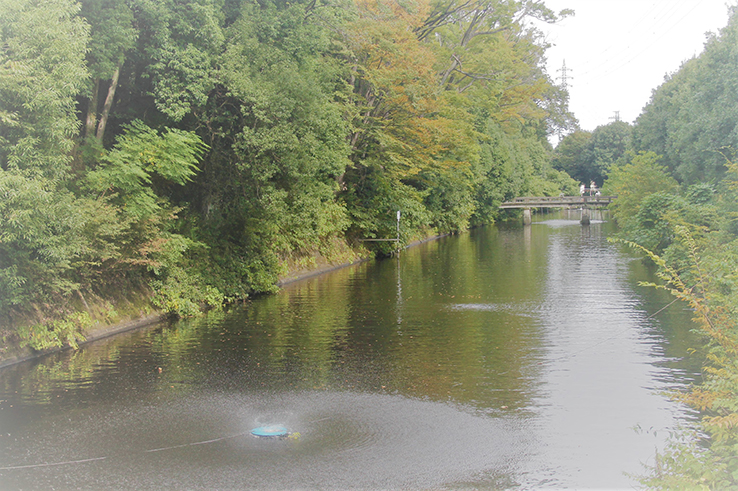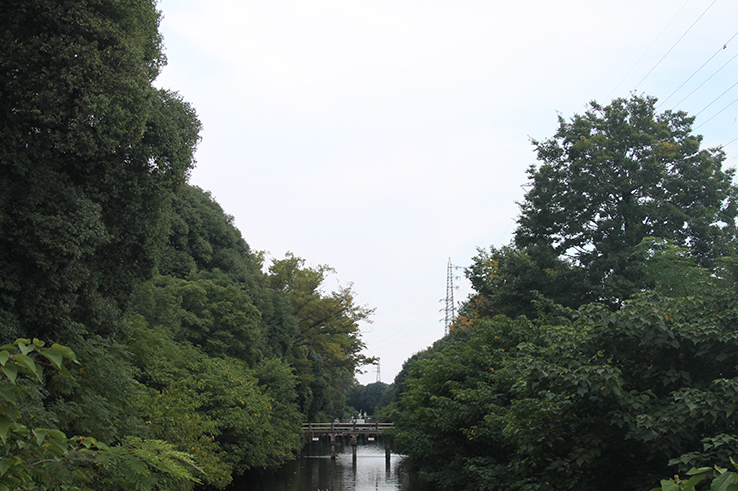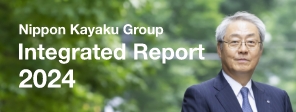Following the disposal of the former Tokyo 2nd Army Arsenal Gunpowder Manufacturing Plant into company hands, the site of the current Takasaki Plant restarted operations in April 1946 as a manufacturer of black gunpowder, before subsequently switching to medical manufacturing operations in August 1971. From the off, the plant aimed for “coexistence with nature”, and ultimately secured ISO14001 certification in January 2001.
Surrounded by the natural environments of Gunma-no-Mori Forest Park and the Karasu River, the plant’s slogan reads: “The Takasaki Plant: Continuing to Protect Life and the Environment.” Based on this has the plant fixed its environment policy as: “Each and every person here shall be sufficiently conscious of working in an industry connected to human life, and, based on such consciousness, work towards promoting environmental conservation and plant harmony with the abundant natural environment.”
The plant boasts a vast 560,000m2 site, of which 110,000m2 have been registered as a Green Zone under the Factory Location Act. This Green Zone was once a gunpowder warehouse which fell into disuse after the plant’s switchover to medical manufacturing. It has simply been left among the natural flora to become an extremely precious natural habitat within urban Gunma, and is believed to have retained the ecosystem of its active days.
The site’s eastern, southern and northern sides are bordered by three Class A rivers in the Tonegawa system: the Karasu; the Ino, of the Karasu tributary; and the Kasu, of the Hirose tributary. The northern side also adjoins the Gunma Prefectural Forest Park named “Gunma-no-Mori.” We will continue to preserve this precious green forest community whose inhabitants include raccoon dogs and kingfishers.
In addition to the Green Zone, our on-premises environmental facilities include a creek. It originally served as part of a hydro-electric power generation facility in the plant’s previous incarnation, and we have taken care to preserve and manage the structure of the foreign-made generator used during the postwar years.
The creek exists in a naturally forested area that sits apart from nearby residential districts. Its proximity to the river makes it a safe place for animals, and an annual oasis for migratory birds who feed off the blessings of the forest and river. The annual arrival of migratory birds and their northward departures make for an enjoyable seasonal event for employees.
In addition to carbon neutral efforts aimed at responding to climate change, the Takasaki Plant’s environmental conservation initiatives include measures such as the discharge control of the site’s treated wastewater as described below.
We have built a dam to divide our on-premises creek into two areas. The first creek temporarily pools plant wastewater which has been detoxified via an activated sludge process. The second creek’s water quality is measured daily and, subject to levels being confirmed as normal, has its sluice gate opened to allow for water discharge of into the river. We are thereby taking every possible measure to prevent environmental pollution.




